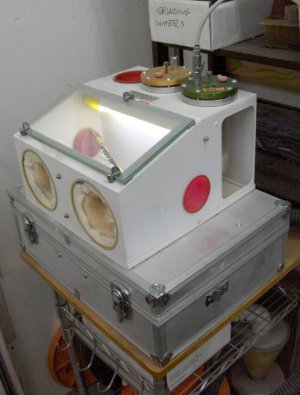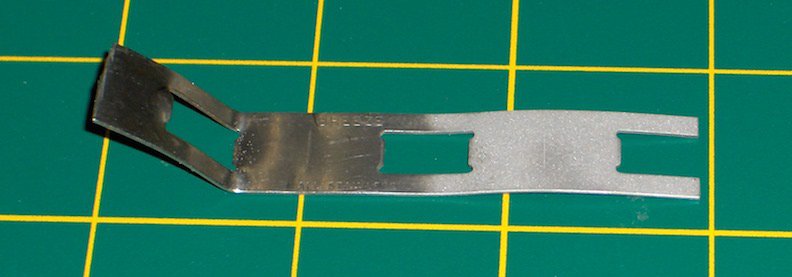Maybe. I pre-curled the shim strip so it was maybe 90% conformed to the steel blank already. Very little tension & brass is ductile. Steel feeler gauge material I agree 100% it would be working against you right off the bat. The consecutive winds of tape under tension should have been lots of clamping force. I was actually worried about squeezing out the adhesive. But you can see an even film of cured green film completely around the shaft. Now the test with C360 brass was simpler yet. Just a drop of Loctite on the end of the shaft spread around, lay the brass slug on top & allow to cure.
Its made me re-think slight press fit bearings using Loctite. One would think a slight interference would scrape away all the adhesive, but obviously there is a microfilm between the surfaces & enough to make it a pretty permanent bond.
Its made me re-think slight press fit bearings using Loctite. One would think a slight interference would scrape away all the adhesive, but obviously there is a microfilm between the surfaces & enough to make it a pretty permanent bond.



